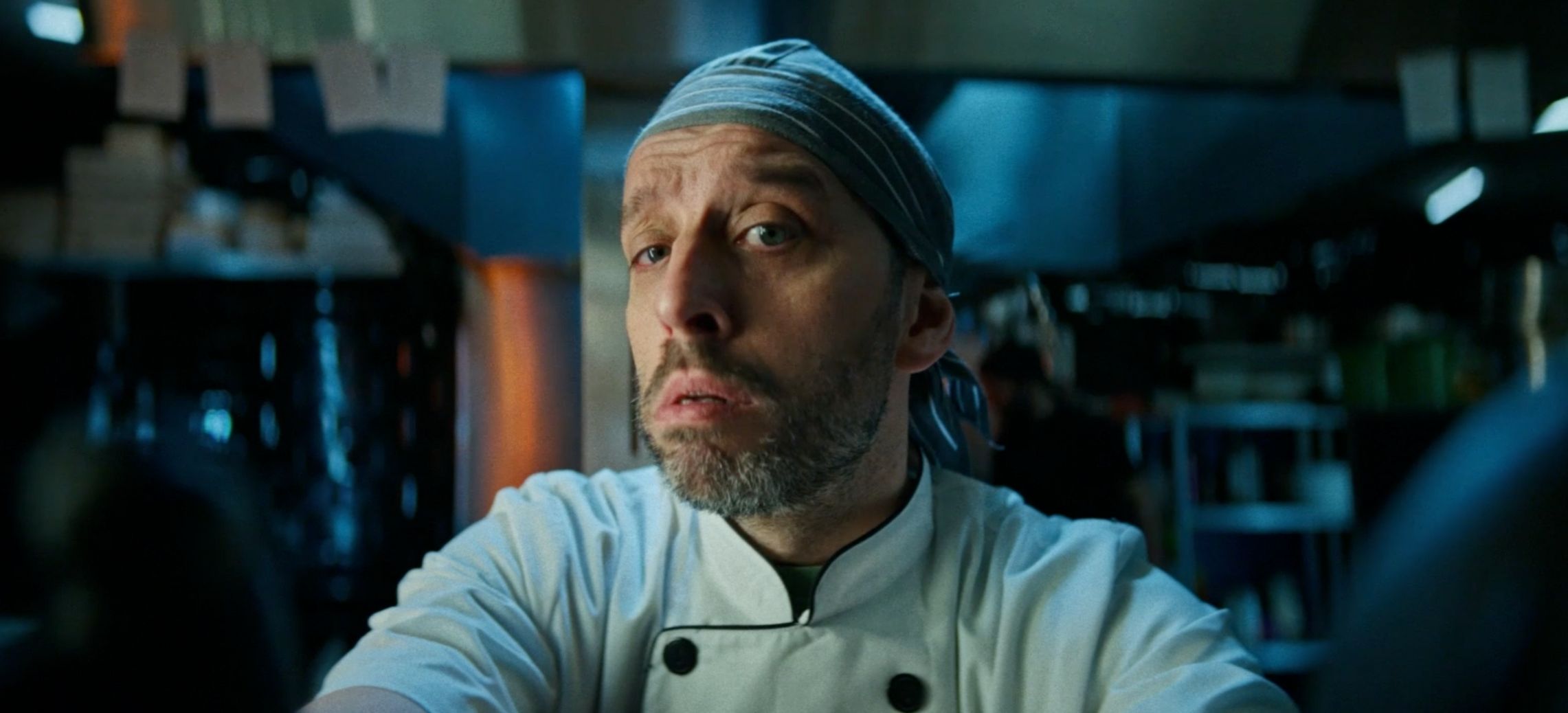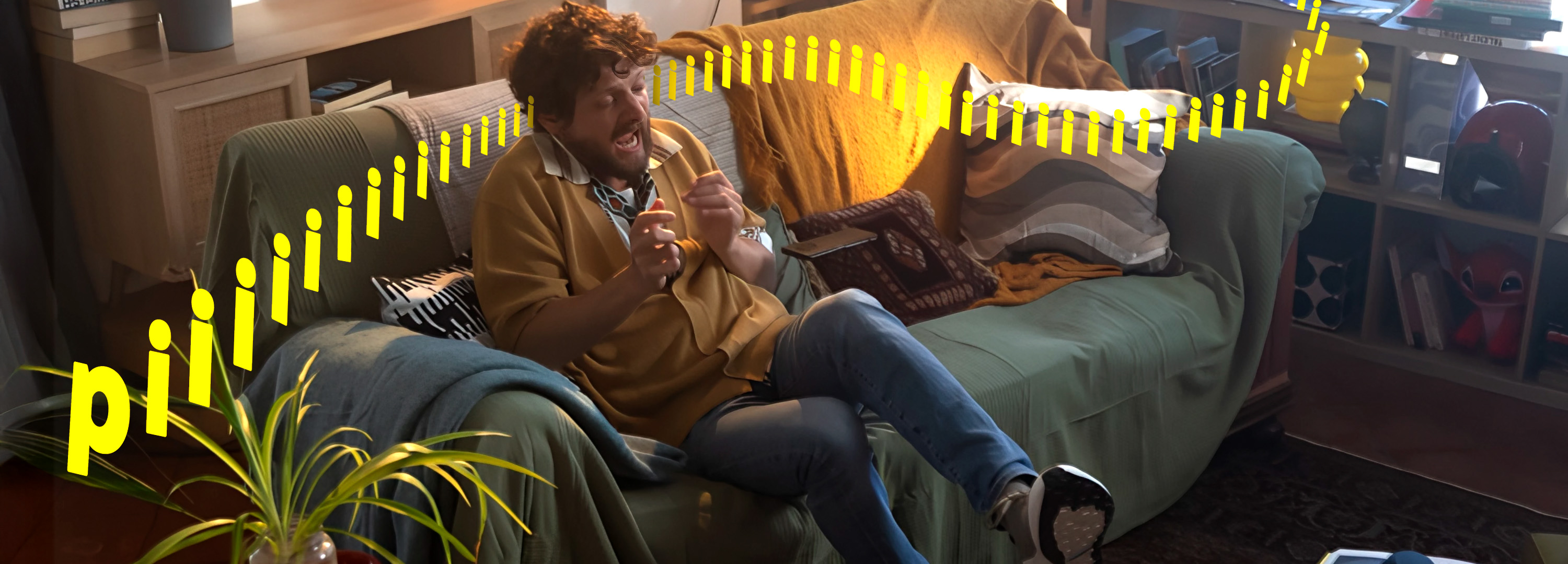Long live the Senior-friendly Experiences
- Date
- Written by Fernando Alonso-Cortés
In recent months we have seen an increase in news related to the senior population and the Silver Economy, and its implications for marketing.
This is due to the economic importance of the Baby Boomer generation, as opposed to the uncertainties surrounding later generations. For the first time, they are the group accumulating the most wealth globally and are estimated to spend $15 trillion by 2030, $6 trillion more than in 2020.
Historically, this group has received much less marketing attention compared to other sociological groups. For example, according to Age of Majority data in the U.S., although they represent 52% of consumer spending, they account for less than 30% of marketing budgets.
Perhaps this situation can be explained by a new type of F.O.M.O. syndrome that could be taking hold among some marketers. And we are not referring to a new form of Fear of Missing Out, but to something that is already called Fear of Marketing Older, or fear of marketing to seniors.
As on previous occasions, we at Beagle want to draw attention to the implications of Customer Experience and its impact on image, and position ourselves around brand experiences and seniors. It is vital that brands review their customer experiences and ensure that they adapt them to the collective as a matter of urgency and priority.
Regardless of the industry, or whether we are talking about physical products or services, if we embrace Customer Centricity, we need to put ourselves in the customer's shoes and try to understand how seniors deal - in the literal sense of the word - with experiences.
If there is one thing that defines seniors, it is the accumulation of vast life experience. Decades of making consumer decisions, buying and hiring, and then experiencing whether the promise of brands is fulfilled. With many thousands of Customer Journeys behind them, their perspective as customers is tremendously broad and has progressively widened over the years. Their expectations, when they relate to suppliers, are shaped by this wealth of experiences.
As a result, they are much more demanding in terms of Customer Experience and increasingly aware of its value. It is therefore not surprising that for some time now they have been raising their voices through initiatives such as "Soy Mayor, no idiota" (I'm a grown-up, not an idiot), which has exceeded 600,000 signatures to change the banking experience in Spain.
Brands must understand that it is not enough to adapt the experiences already designed for this group, but to redesign them from the ground up, addressing their most important needs, whether they are rational, social or emotional. It is essential to prioritize the empathy and humanity they deserve. Seniors value treatment, active listening and, above all, patience with them and their current circumstances; especially in the initial phases of the Customer Journey, with adequate and understandable information, and the final phases, with post-purchase actions.
It is also important to value the free choice they have gained over time, allowing the senior customer to decide whether to establish contact with a person or a technology, face-to-face or remotely. The promise of omni-channeling takes on maximum value: brands must have all engagement channels enabled throughout the entire process, and it must be the senior who can decide how to interact at any given moment.
In addition, the already ingrained habits must be respected. The senior customer should be able to maintain his routines if he prefers or if his limitations require it. Their ability to adapt is more limited and it is the brands that must adapt to their habits and customs.
Finally, it is crucial to establish explicit protection mechanisms. Aware that they are more susceptible to fraudulent practices, seniors actively seek protection and guarantees against risks. Brands must reaffirm in a way that is understandable to them, how they guarantee security and privacy in their relationships.
But it's not all dark clouds on the horizon. The pandemic accelerated the use of new technologies among seniors, both in terms of adoption and frequency of use, so that part of the educational effort has already begun, and the barriers of seniors to digital have decreased.
The IOT boom is driving the design of ecosystems of devices especially suited to provide value to seniors (health monitoring and telemedicine, home automation or voice-operated commands). In addition, the new work models will open the door to second careers and allow the rise of a new type of business and value contributions "S2S" (Senior to Senior).
To illustrate these initiatives, at Beagle we are inspired by examples of brands that are providing disruptive experiences for the senior collective, such as:
Toyota, in collaboration with its investee May Mobility; offering its transportation services in adapted autonomous vehicles in high-density senior residential populations such as Miami in Florida or Sun City in Arizona.
https://maymobility.com/locations/miami-fl/
https://maymobility.com/locations/sun-city-az/
Costco, which, recognizing the weight of its senior clientele, has promoted Hearing Air Centers in its stores. Offering disruptive services such as remote hearing diagnostic tests, without the need to travel to the store.
https://www.costco.com/hearing-aid-center.html
AG2R La Mondiale, France's leading mutual insurance company, has developed a concept of apartment residences through its subsidiary Domitys. The Experiences take center stage and comprehensively cover functional (health and care), social (community empowerment) and emotional (emotional well-being) aspects.
https://www.domitys.fr/experience-domitys
Banco del Pacífico in Ecuador, providing a way to connect the skills of seniors with the needs of its SME and entrepreneurial clients. A system that matches skills and needs, creating new job opportunities.
https://www.latinspots.com/sp/comercial/the-senior-economy-el-ojo-2023/44047
Caixabank, offering together with Wivai several packs of IOT devices and associated services (monitoring of vital signs and home parameters, telemedicine, butler...) to provide added value to its elderly customers.
https://www.caixabank.es/particular/wivai/mybox-proteccion-senior.html
Or finally Vodafone in the Czech Republic, recruiting retirees eager to return to work by training them in basic aspects of technology and connectivity, so that they can help and sell to other seniors.
https://www.adsoftheworld.com/campaigns/seniors-for-seniors
In short, brands that decide to promote the development of "senior-friendly" experiences, and integrate them into their marketing strategies, can win the hearts of the collective and thus their economic capacity, contributing in a disruptive way to their differentiation and brand image.



